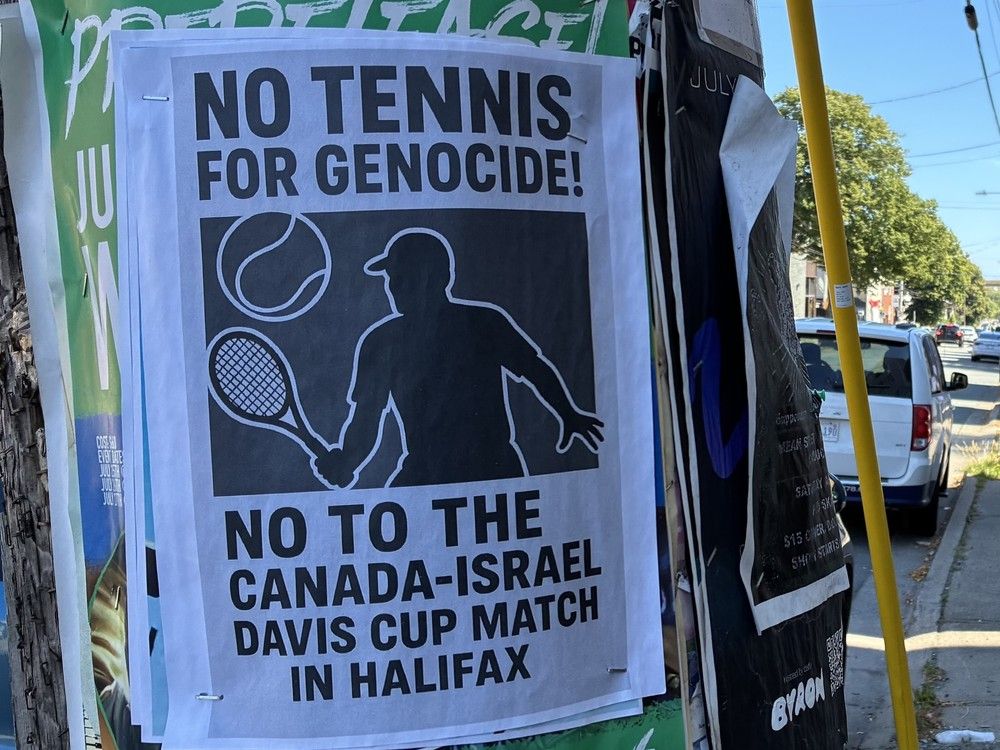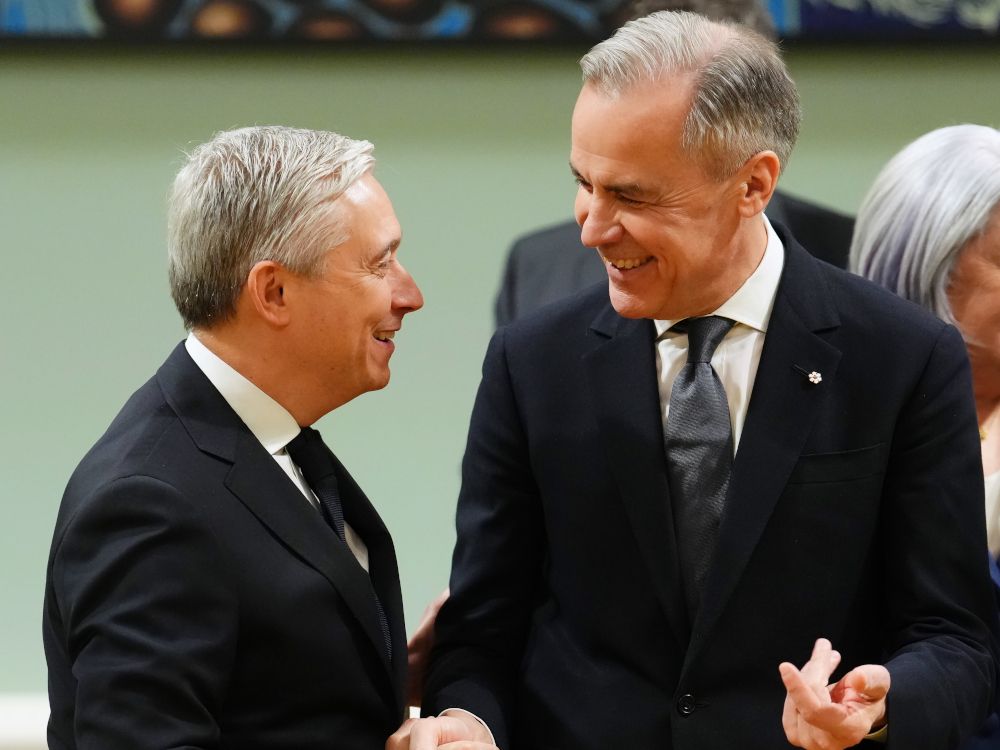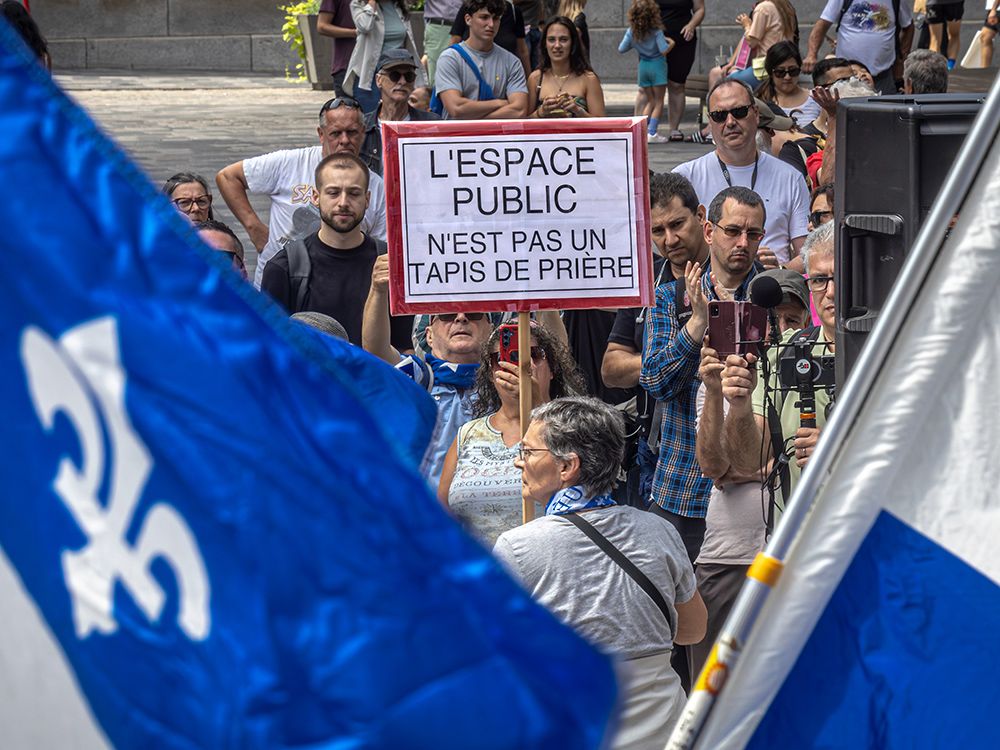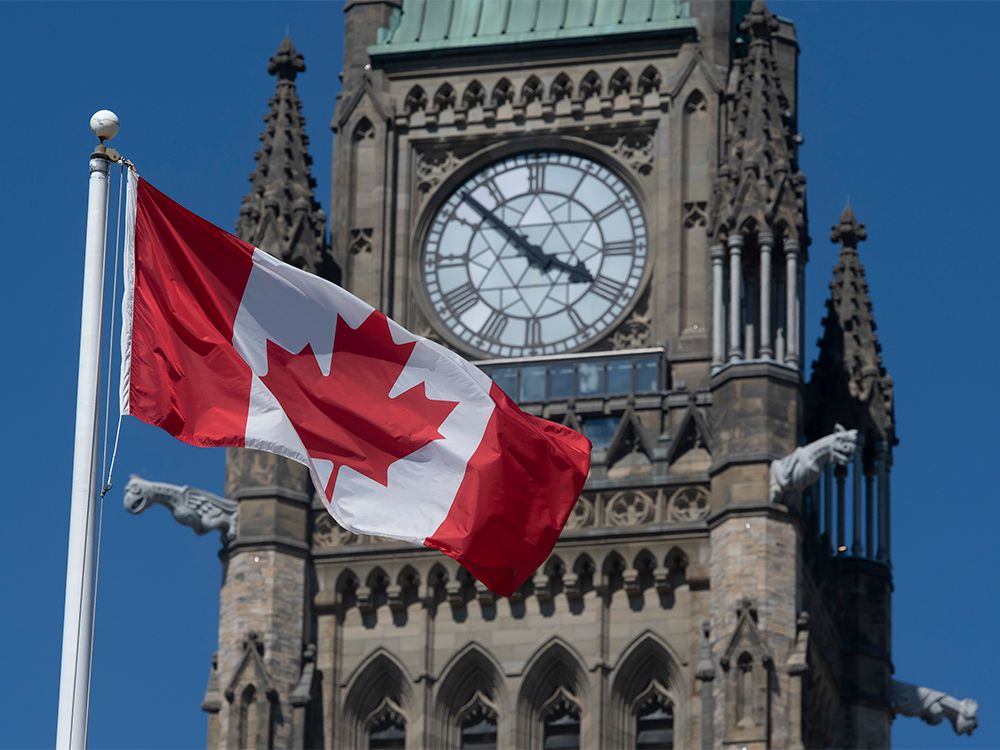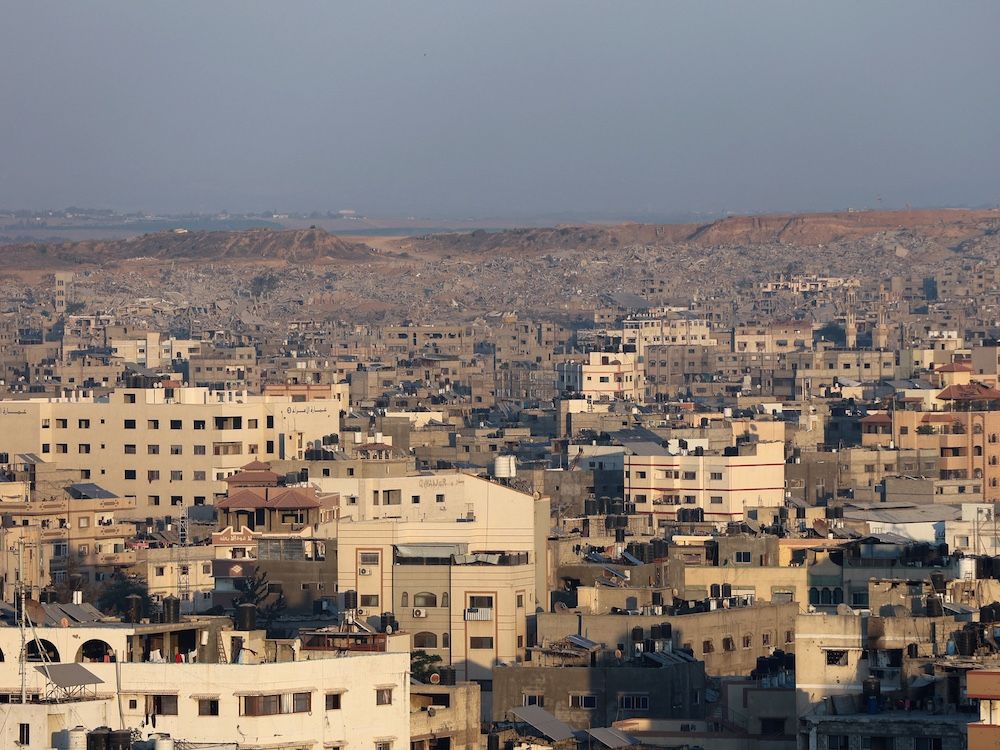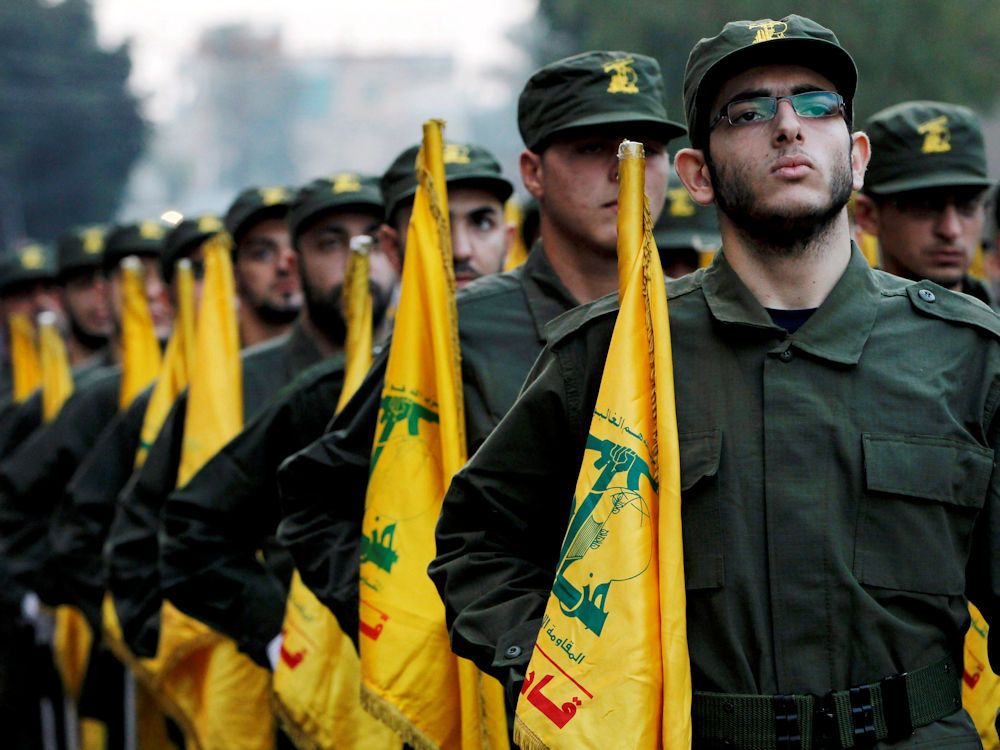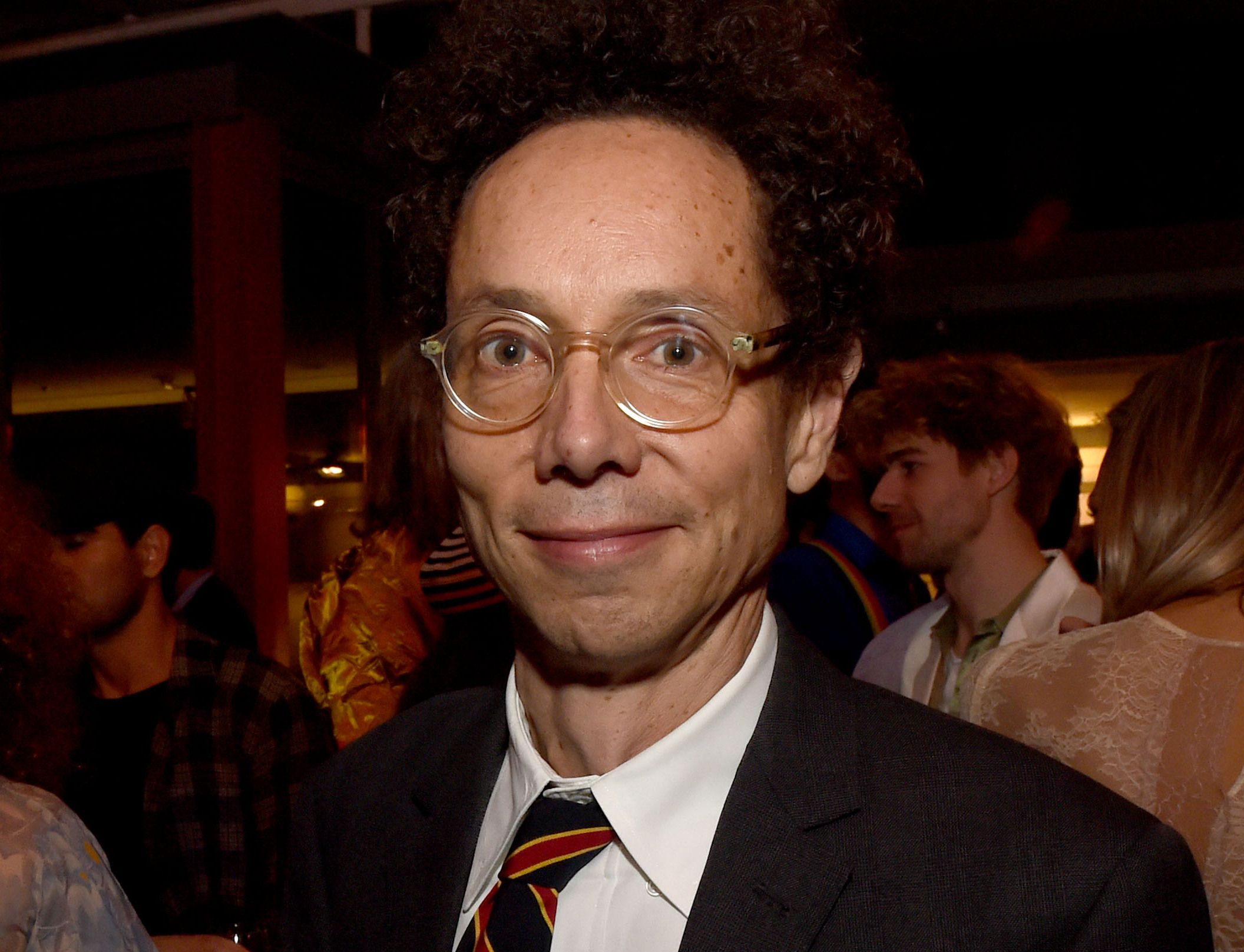
This week, the Conservatives called on the federal government to permanently dismantle the temporary foreign worker program, saying that it’s become a system that undermines Canadian jobs. In this, Conservative Leader Pierre Poilievre was quickly joined by B.C. Premier David Eby, who said Thursday it should be “cancelled or significantly reformed.”
The TFW program has been one of the most visible components of a massive spike in temporary immigration that has defined much of the last three years, with spiking levels of youth unemployment being blamed in part on the ease with which Canadian employers can hire a migrant worker instead.
In Dear Diary, the National Post satirically re-imagines a week in the life of a newsmaker. This week, Tristin Hopper takes a journey inside the thoughts of the temporary foreign worker program.
Monday
We should not lightly assume that the presence of temporary foreign workers is in some way a fraudulent circumvention of the normal rules of the Canadian labour economy. I remind all my critics that any Canadian employer looking to fill a position with a TFW must first indicate that they have tried — and failed — to find a Canadian worker to do the job under any circumstances. Why would they lie?
Granted, I could potentially imagine some reasons why a business would prefer to prioritize employees collecting depressed wages and facing potential deportation if they refuse to work. But these are anomalies; we cannot lightly assume that Canadian private enterprise would ever consider cynically capitalizing off a system that offers them bottomless cheap disposable labour.
Tuesday
Of all the myriad economic benefits that I bring to Canada, the one for which I am proudest is that the system is a win-win. Despite what some cynical economic illiterates will try to tell you, temporary foreign employment is not a zero-sum game.
The Canadian employer receives an eager and otherwise uncommitted labourer. And the temporary foreign worker is paid a competitive yet fair salary for a set period before happily returning back to their home country forever.
Wednesday
One of the more pervasive myths about the temporary foreign worker program is that participants agree to its terms merely as a conduit to longer-term residency.
The misinformation is that temporary foreign workers decide to pursue entry-level employment in a deeply unaffordable country such as Canada solely because they’ve been told it is a surefire path to permanent residency and, eventually, citizenship.
Instead, they merely wish to labour temporarily under the maple leaf for entry-level wages before quietly going back to where they came from. What foreigner could possibly entertain wider ambitions than this?
Thursday
We have already addressed the false charge that temporary foreign workers are taking jobs that otherwise would have been performed by Canadians. Canada is a highly advanced economy; it is perfectly reasonable that our labour force should have ascended to a plane in which the lowly work of preparing food or cleaning offices is beneath them — even at $30 to $40 per hour. Thus, an equity-entrenching subclass is needed to fill the gap.
As to the charge that temporary workers overwhelm rental accommodations, this is also false. Just as the average TFW is happy to labour in conditions and at wages that might seem appalling to Canadians, this is also true of their living situation. I can assure you that a Tim Hortons worker hotbunking in the hallway basement of a Brampton boarding house takes no space that would otherwise have been occupied by a Canadian … and they are pleased as punch to do so.
Friday
When my mendacious critics ask me what the TFW program has contributed to this country, I need only to gesture at the average Canadian downtown or mall. It was not too long ago that this country was locked in an exploitative cycle of students and other low-skilled Canadian workers being expected to operate cash registers, serve food or drive trucks.
Those days are over, and all those Canadians have instead been freed to pursue higher callings such as inclusivity consultants, septum piercing artisans or other professions at the bleeding edge of the modern world economy.
If there’s anything that says “functional society,” it is a land where every fast food counter and every hotel desk is staffed by someone who knows little of their surroundings beyond contractual employment, has no meaningful Canadian social circle, and will be politely but firmly told to go away at the end of their tenure. We should all be proud of what we’ve built.




